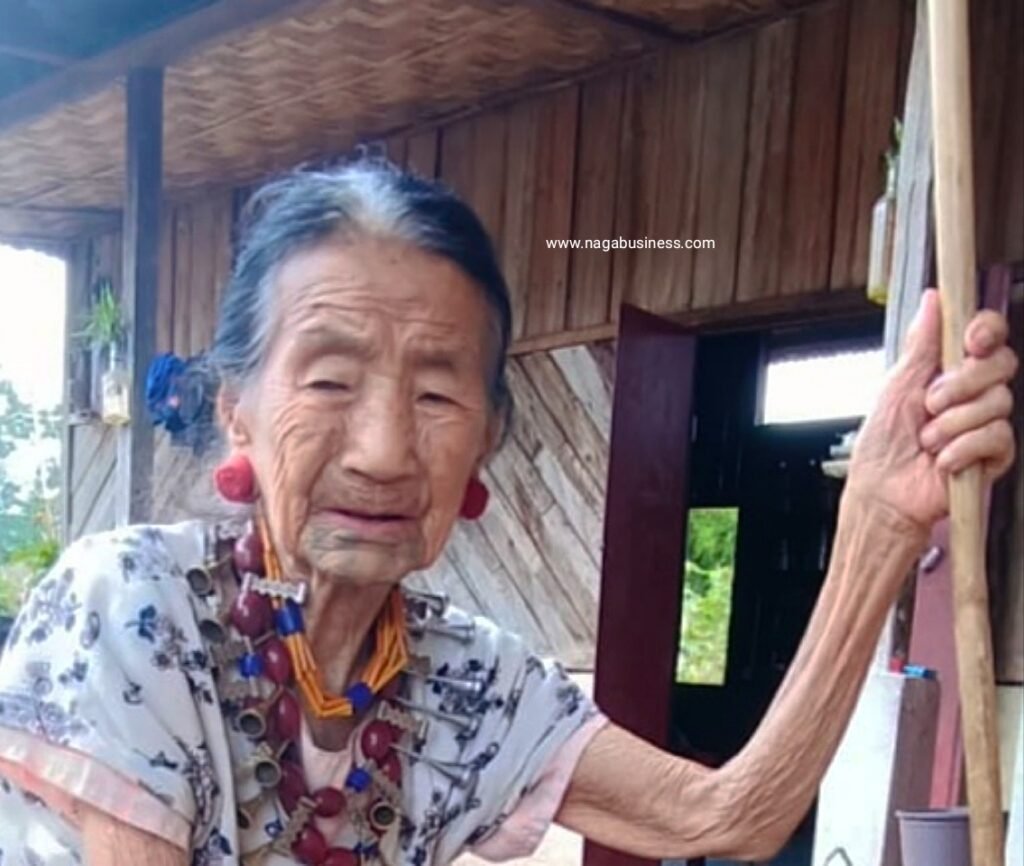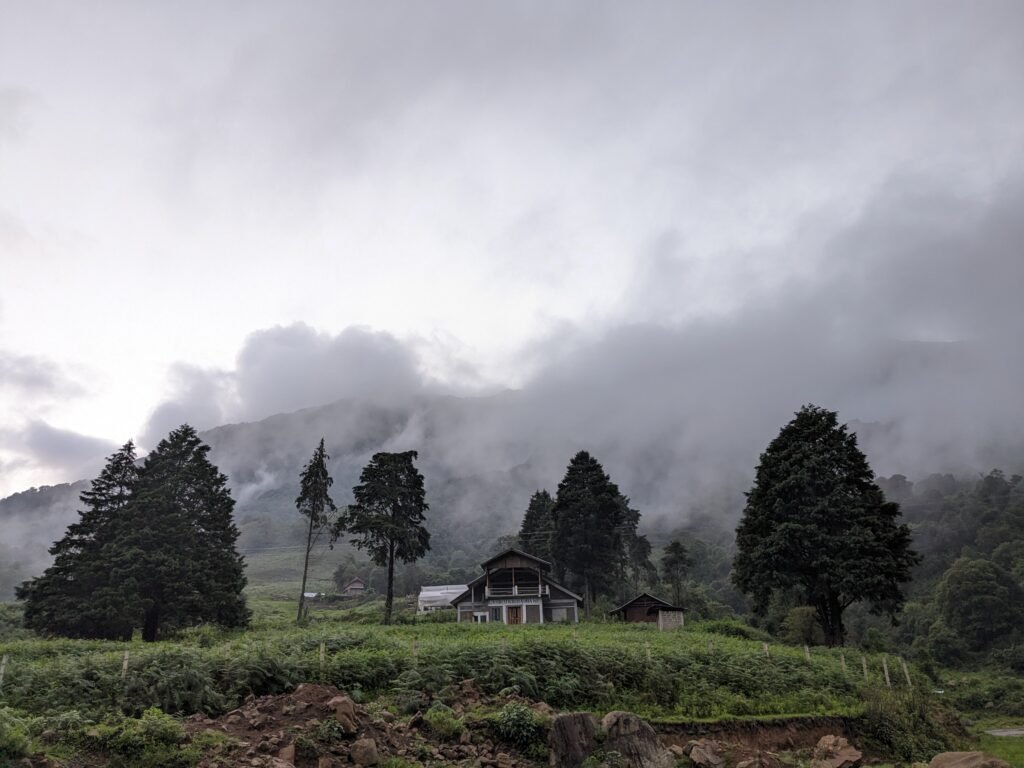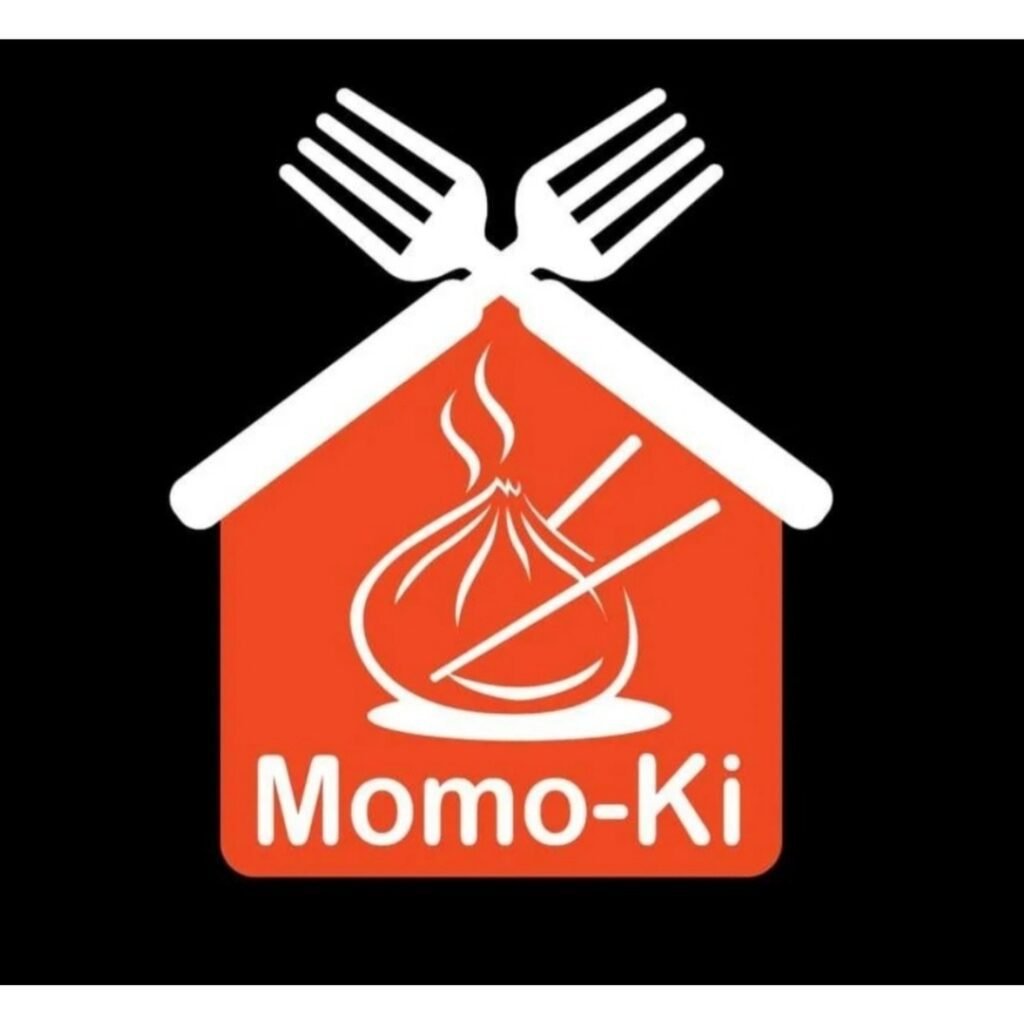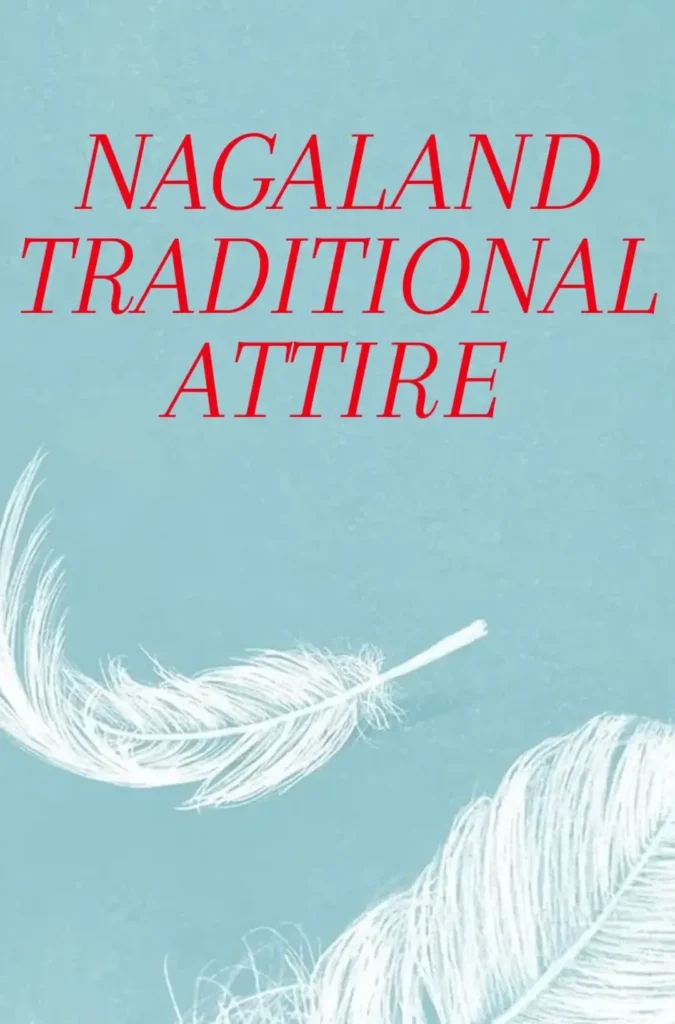Nagaland, a hilly state in the Northeastern part of the Indian subcontinent is known for its distinct and rich cultural heritage. Among the many captivating aspects of Naga culture, the art of tattooing holds great cultural and social significance and served as a means of personal expression, social identification and storytelling.
Today, there are 17 major tribes currently inhabiting the mini cultural hotspot. Each Naga tribe has its unique tattoo designs with specific patterns and motifs that distinguish them from one another. Traditional tattoos serve as markers of identity representing a person’s tribe, social status and achievements.
The intricate inked symbols are not merely decorative; they communicate stories of bravery, valor and cultural beliefs. These tattoos were mostly inked in the chest, arms, torso, forehead, chin, and even extended to the whole face.
Naga tattoos are closely tied to spirituality and rituals. The process of tattooing involves spiritual rituals and ceremonies, with the belief that the tattoos provide protection, strength and spiritual guidance. The tattooing process itself is seen as a rite of passage, marking important milestones in a person’s life, such as coming of age, marriage, or warrior achievements.
The art of tattoo for the Ao Naga tribe were mainly for the beautification of the women folk. For the women folk it was a Puberty rite and a beauty standard as the girls without the tattoos were not desired or sought after for marriage. The tattoo signified their coming of age and maturity. Girls at their early teen were compulsorily inked along with their peers.
Tattoo in Naga culture go beyond mere aesthetic embellishments. These permanent marks established a sense of belonging and foster a feeling of pride and unity among the tribes. However in the face of globalization and modernization, this valuable and unique tradition is fading into a never-never land. At present, this form of art is barely seen even among the older generations marking a potential loss of an essential element of Naga Culture.
image credit: @Peteoxfordphotography
Let us dive into some existing factors that serves as potential threats to this unparalleled art form-
Foreign invasion
With the intrusion of British colonizers along with the advent of Christianity in the late 1800s, many practices and tradition of the tribals were labeled as ‘inhumane’ and ‘savage’. A number of rituals and religious practices were completely banned; headhunting and tattoos among many. This has actively contributed to the evident loss of this art form.
Changing socio-cultural dynamics
The younger generations are increasingly exposed to different cultural influences, which often prioritize western ideals of beauty and conformity. As a result, traditional tattooing practices are being overshadowed by contemporary fashion trends and societal pressures, leading to a decline in the number of individuals seeking traditional Naga tattoos.
Shifting Perceptions and stigma
In certain segments of Naga society, there has been a shift in perception regarding tattoos. What was once regarded as a symbol of cultural pride and heritage is now sometimes associated with negative stereotypes or misconceptions. As a consequence, some individuals refrain from getting tattoos or actively choose to have them removed, fearing potential prejudice and societal judgment. This perception shift contributes to the fading of tattoos as fewer people embrace the tradition.
Religion and employability
Nagaland is known for being the majority of its population as Christians. The art of tattoo is a taboo for most of the devoted Christians as it is believed and taught that the body of a human being is the temple of God and hence should be kept clean and should not be decorated in any way. The sensitivity of the religion discourages many tattoo lovers to edge and ink themselves with the traditional tattoos.
Besides, another factor that contributes to the decline of tattooing culture is due to the requirement of certain jobs and employment where appearance plays a pivotal role. Most of the organization sets preference for tattoo free individuals displaying a low chance for people with tattoo to get a job. Modern problems of the younger generation push this form of art further into the unknown pit.
Embracing Modern Alternatives
The availability of modern alternatives such as temporary tattoos and body art stickers, has also contributed to the decline of traditional tattoo culture in Naga society. These alternatives provide convenience, temporary expression, and the ability to experiment with different designs without the permanence associated with traditional tattooing. The popularity of modern alternatives has shifted the focus away from traditional tattoo practices.
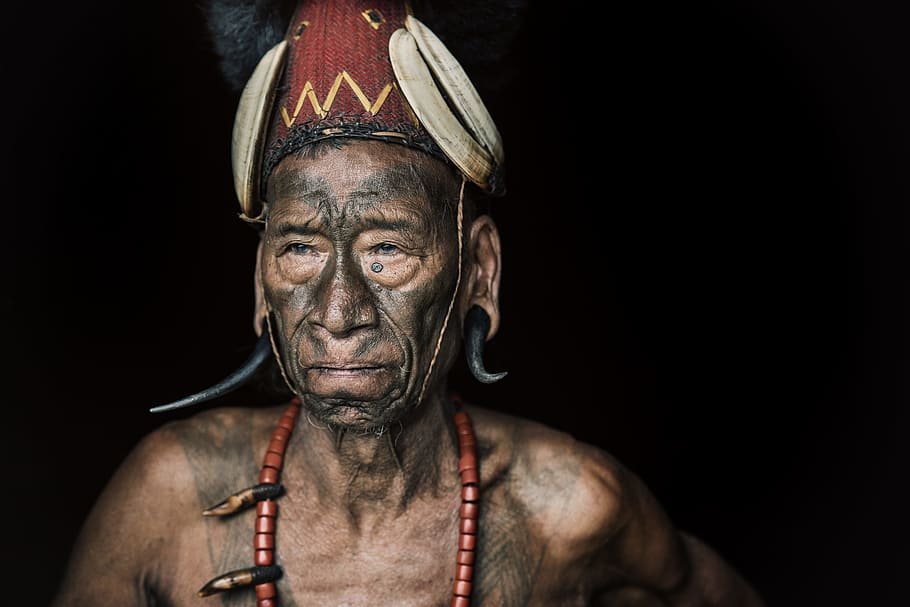
Tattooing in the Naga culture is a highly intricate and specialized art form, traditionally passed down through generations. However, with the decline of the practice and younger generations prioritizing modern education and employment opportunities, the transmission of this traditional knowledge is gradually or wholly diminishing.
Due to lack of documentation and in-depth research studies, knowledge about this traditional art form is being erased into non-existence. In the recent years Mo Naga, a talented Tattoo artist from Manipur has also undergone an in-depth research by travelling across Nagaland in an effort to revitalize this dying old tradition and his journey is truly inspiring.
To preserve this art does not mean that we ought to ink our body as our forefathers did but this certainly is a call for the attention of younger generations to appreciate and be enthusiastic about acquiring the knowledge and meanings associated with various tattoo designs.
We hope you enjoyed today’s reading!
Sharing is caring. You know what to do!
